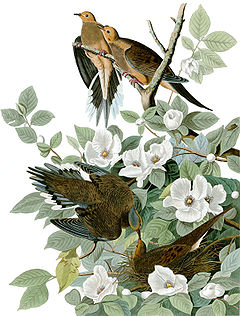Tomas emerged with little warning on the cusp of Halloween to rampage through the Caribbean, causing death and destruction just as islanders started to relax. However, what few outsiders will appreciate is that most islands will have been left unscathed as Tomas concentrated its force on those in its path – namely St Lucia and Haiti. Islands on the periphery of the storm course – notably Barbados, Jamaica and Cuba - also felt its affects, but thankfully to a lesser extent.
 Even on St Lucia, it was a trail of two halves with the northern part of the island taking less of a battering while the southern section – around Soufriere – took the full force of the hurricane winds and lashing rain, with roads and houses swept away in the ensuing landslides. Tomas has been declared the worst storm in the island’s history, destroying its lucrative banana crop, and putting the country’s main dam, which supplies the population with fresh water, out of action. Properties such as Ladera have temporarily closed and the race is on to mop up and get back to normal in time for the peak Christmas/New Year holiday season.
Even on St Lucia, it was a trail of two halves with the northern part of the island taking less of a battering while the southern section – around Soufriere – took the full force of the hurricane winds and lashing rain, with roads and houses swept away in the ensuing landslides. Tomas has been declared the worst storm in the island’s history, destroying its lucrative banana crop, and putting the country’s main dam, which supplies the population with fresh water, out of action. Properties such as Ladera have temporarily closed and the race is on to mop up and get back to normal in time for the peak Christmas/New Year holiday season.As for Haiti – how much more can this poverty-stricken nation take? Earthquakes, cholera and now Tomas but, and you have to take comfort from this glimmer of hope, it could have been so much worse. Tomas is the sort of natural disaster that spares no-one in its path and West Indians are resigned to the fact that such devastation is the price they pay for living in one of the most beautiful corners of the world.
Yet few communities are more adept at recovering from such setbacks. The clear-up operation begins instantly, swinging into action and often resulting in the destinations emerging phoenix-like with a new lease of life.
You only have to look at Grenada, Jamaica and Antigua and others which have emerged refreshed and reinvigorated after such tumultuous events. In these circumstances, many in the tourism industry turn adversity to their advantage by taking the opportunity to upgrade and renew. And it’s with this in mind that those worst affected by Tomas can look ahead and realise that no matter how tough things seem, the strength of the Caribbean islands and their people will shine through.
*Anyone wishing to donate to the ongoing relief effort in Haiti should go to www.redcross.org.uk

















